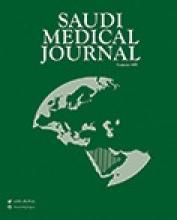Abstract
ven in the 21st century, millions of people are working daily in a dusty environment. They are exposed to different types of health hazards such as fume, gases and dust, which are risk factors in developing occupational disease. Cement industry is involved in the development of structure of this advanced and modern world but generates dust during its production. Cement dust causes lung function impairment, chronic obstructive lung disease, restrictive lung disease, pneumoconiosis and carcinoma of the lungs, stomach and colon. Other studies have shown that cement dust may enter into the systemic circulation and thereby reach the essentially all the organs of body and affects the different tissues including heart, liver, spleen, bone, muscles and hairs and ultimately affecting their micro-structure and physiological performance. Most of the studies have been previously attempted to evaluate the effects of cement dust exposure on the basis of spirometry or radiology, or both. However, collective effort describing the general effects of cement dust on different organ and systems in humans or animals, or both has not been published. Therefore, the aim of this review is to gather the potential toxic effects of cement dust and to minimize the health risks in cement mill workers by providing them with information regarding the hazards of cement dust.
- Copyright: © Saudi Medical Journal
This is an open-access article distributed under the terms of the Creative Commons Attribution-Noncommercial License (CC BY-NC), which permits unrestricted use, distribution, and reproduction in any medium, provided the original work is properly cited.






